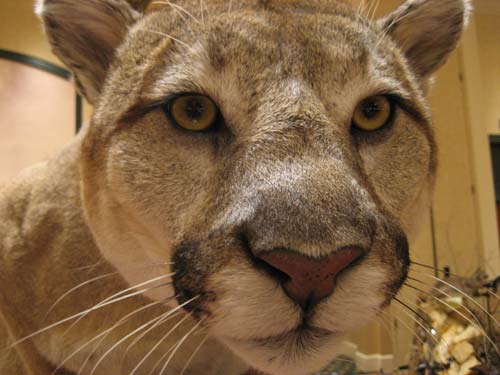Colin Dickey’s article “Death and Taxonomy” argues that natural history museums are devoted to display – “the field itself has a more fundamental purpose — it is rooted in nothing less than the human desire to order, to taxonomize, the natural world in all its complexity”. He argues that humans have an innate need to catalogue the natural landscape to comprehend it. Taxonomy is merely a “logical arrangement” of chaos.
Dickey refers to Sebald’s “Austerlitz”. The protagonist spots a squirrel amongst “other trinkets and curios”. These are objects that had outlived their past masters and had resisted the “process of destruction”.
I believe that taxidermy is a conservation of memory and action. The squirrel is symbolic! It is a memento of the past that reverberates of history. It is a clue to a narrative that has yet to be unfolded, read and understood.
On the contrary, Dickey believes the squirrel is a symbol that taxidermy is futile. It is a practice that is constantly being undermined by small creatures that encourage the process of “decomposition to proceed – and so enabling the great reanimation of all things”.
I disagree. Taxidermy is the recreation of symbols that are linked to a narrative. They are the creation of symbols that point to a larger picture. They do not highlight decomposition but rather the hidden composition behind objects. Taxidermy encourages a search for context.


![5 Reasons You Should Travel Alone Airplane [image source: chau nguyen/ http://thedevilhatessweatpants.blogspot.com.au ], crowd ink, crowdink, crowdink.com, crowdink.com.au](https://crowdink.com/wp-content/uploads/2016/08/Chau-airplane-218x150.jpg)





























